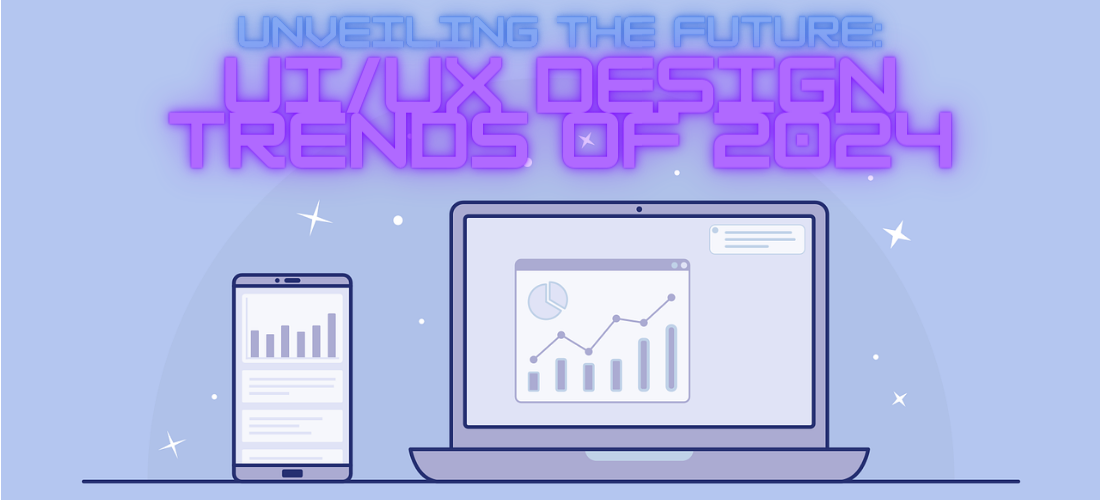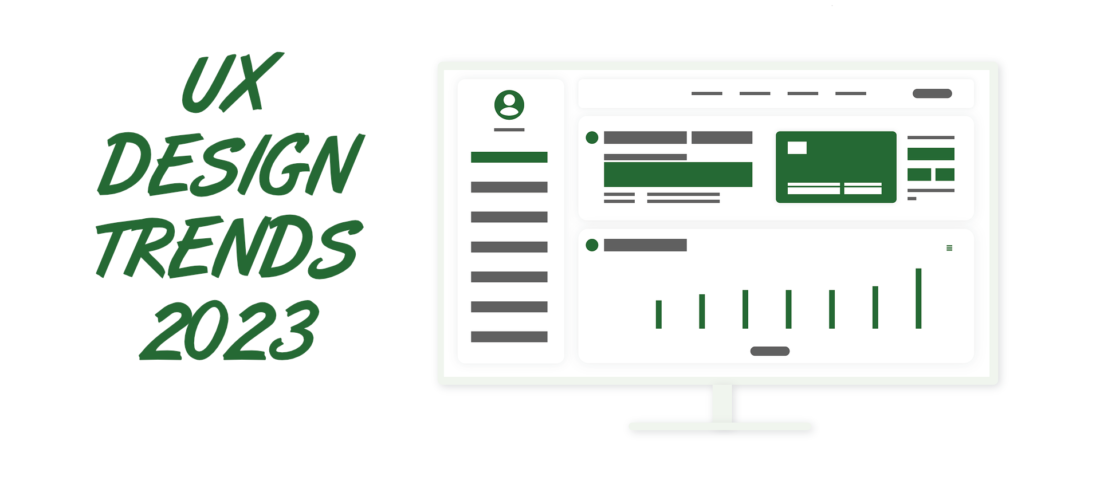Introduction:
As technology continues to evolve, so does the landscape of UI/UX design. In 2024, designers are pushing the boundaries and redefining the user experience through innovative and user-centric approaches. In this blog post, we’ll explore the exciting UI/UX design trends that are shaping the digital world in 2024.
Immersive Augmented Reality (AR) Experiences:
Augmented Reality has moved beyond the realm of gimmicks and into practical applications. UI/UX designers are leveraging AR to create immersive experiences that seamlessly blend the digital and physical worlds. From enhanced navigation to interactive product demonstrations, AR is becoming a powerful tool to engage users on a deeper level.
Voice User Interfaces (VUI):
With the rise of smart speakers and virtual assistants, VUI is gaining prominence in UI/UX design. Designers are focusing on creating intuitive voice interactions that provide a natural and efficient way for users to interact with digital interfaces. Voice commands are becoming more sophisticated, offering a hands-free and accessible user experience.
Neomorphic Design:
Building on the popularity of minimalism, neomorphic design is making waves in 2024. This design trend combines skeuomorphism and flat design, creating interfaces with soft shadows, subtle gradients, and a tactile feel. Neomorphic design brings a sense of realism to digital interfaces while maintaining a modern and clean aesthetic.
Intelligent Microinteractions:
Microinteractions are no longer just about adding delightful animations. In 2024, designers are incorporating AI-driven microinteractions that respond intelligently to user behavior. From personalized feedback to predictive actions, these microinteractions enhance user engagement and create a more dynamic user interface.
Dark Mode Evolution:
Dark mode has become a staple in many applications, but in 2024, designers are taking it to the next level. Dynamic dark modes that adapt to the user’s environment, customizable dark mode themes, and creative use of color gradients are enhancing the visual appeal while providing a comfortable viewing experience in low-light conditions.
Biometric Authentication Integration:
With an increased focus on security and user privacy, biometric authentication is becoming a standard feature in UI/UX design. Designers are seamlessly integrating fingerprint, facial recognition, and other biometric authentication methods to enhance the security of digital platforms while ensuring a frictionless user experience.
Data Visualization for Actionable Insights:
As data becomes more integral to decision-making, UI/UX designers are emphasizing clear and interactive data visualizations. Whether it’s in analytics dashboards or financial applications, compelling visual representations of data empower users to make informed decisions quickly and effortlessly.
Conclusion:
The UI/UX design landscape in 2024 is an exciting blend of technological innovation, user-centric principles, and aesthetic evolution. From immersive AR experiences to the subtle elegance of neomorphic design, designers are shaping the digital future with a focus on creating seamless, engaging, and intelligent user interfaces. Embracing these trends will not only keep digital platforms relevant but will also elevate the user experience to new heights. As we navigate the ever-evolving world of technology, the principles of user interface and experience design remain at the forefront of creating meaningful and impactful digital interactions.





